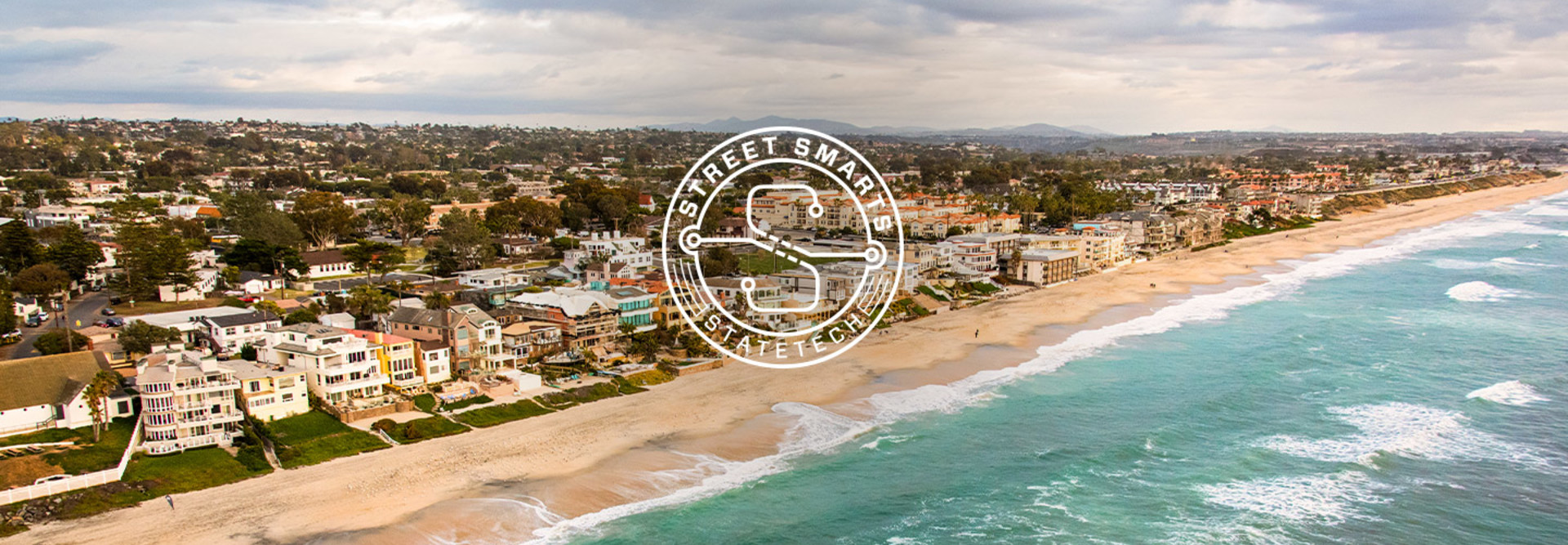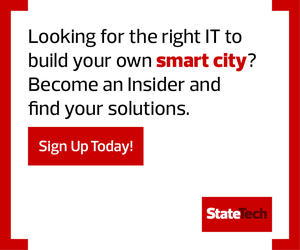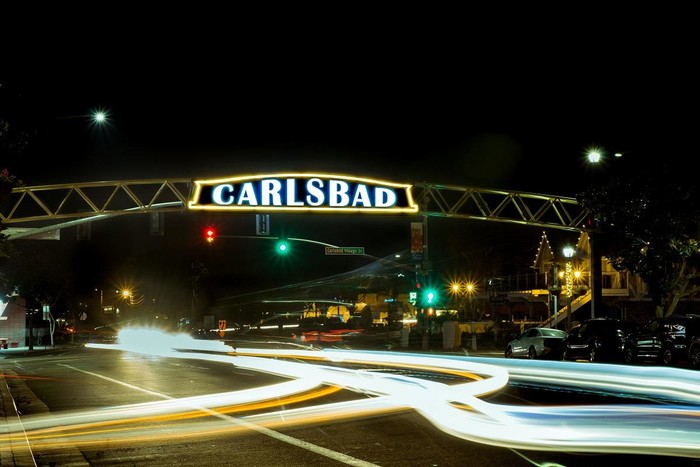How Carlsbad Includes the Public in Proposed Smart City Endeavors
Carlsbad’s general approach has been to try to determine what citizens want from the city instead of engaging with them about which specific type of technology to implement. City officials can then figure out a way to use technology to deliver that service or experience, says Kristina Ray, the city’s director of communication and engagement.
For several years, Carlsbad has been experimenting with different online platforms to give people an alternative to public meetings. Such meetings are often public agencies’ default for gathering input, Ray says, but can draw a narrow section of people due to scheduling conflicts and other reasons.
The city has been able to exponentially expand the amount of people who are involved in discussions about civic technology, Ray says, thanks to new outreach efforts that include online surveys, email and text updates, social media advertising and other elements.
“We tend to hear from people through different methods — speaking at city council meetings during the comments, email, social media,” she says. “We’ve opened up all these channels and have an ongoing conversation. We want to be where people are.”
Resident response has helped the city identify what the most effective digital initiatives would be, such as adaptive traffic signals. The city is currently in the process of installing those, something Ray says the community has been excited about.
Instead of data feeding into a traffic management center where a human being must consistently reprogram the signalization, the traffic signals, which have been deployed in three corridors, are able to communicate with each other and react to current conditions. The signals also leverage artificial intelligence-based software.













